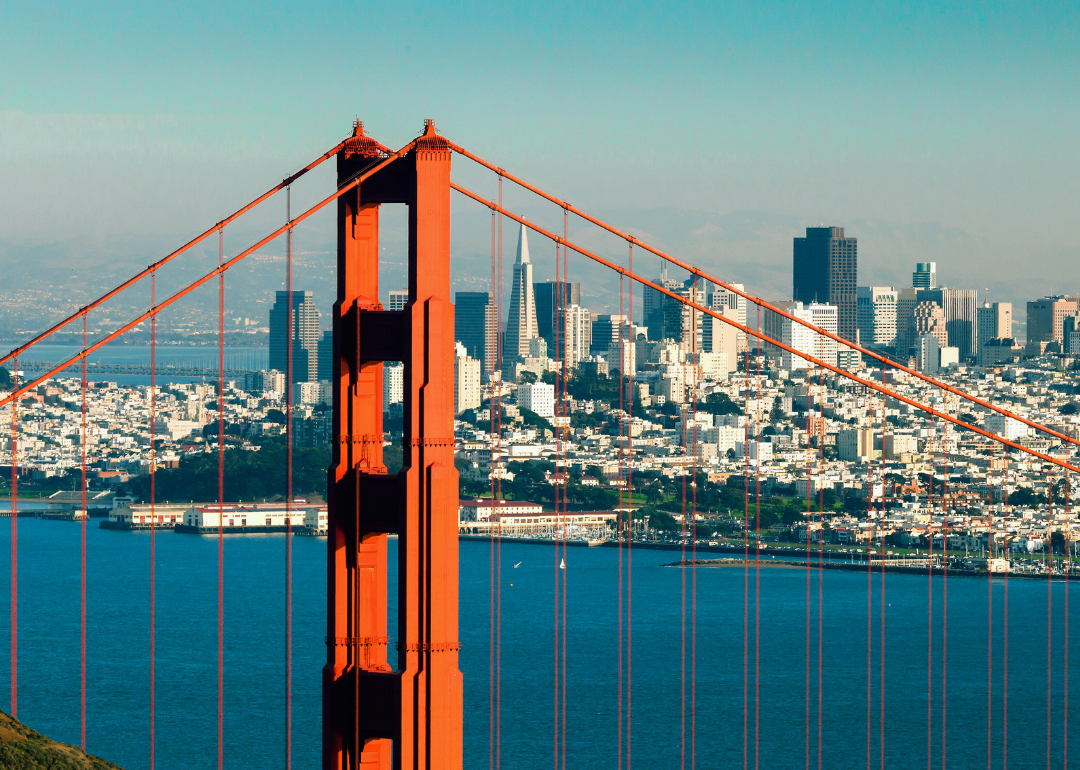
10 of the most expensive states to live in
Costs have fluctuated significantly in recent years—and in most cases, they've been going up and up. It feels like everything from daycare and preschool prices (up 21% between April 2019 and April 2024) to home maintenance costs (up nearly 26% in the past four years) is on the rise. But after the strikingly high highs of 2022, costs have come down and inflation rates started to cool in May 2024. Still, Americans are still struggling to afford the basics like groceries.
You wouldn't be alone if you've wondered if your hard-earned dollars might go farther in another city or even state. To start finding out the answer, take a look at the Cost of Living Index, which is calculated based on the price of more than 60 goods and services. The U.S. average is 100, and each place's index is a percentage of the U.S. average. Those below 100 are cheaper than average, and those above 100 are more expensive.
Stacker measured the cost of living in each state during the second quarter of 2024, using data from the Council for Community & Economic Research. The survey measures the cost of living in cities across the U.S. Researchers calculated each state's cost of living using the average of the indices of metro areas and cities in that state.
The most expensive states are primarily on the coasts, particularly in the West and Northeast. The cost of living tends to be lower in the Midwest and South. Read on to find out if your state is one of the 10 most costly to live in.
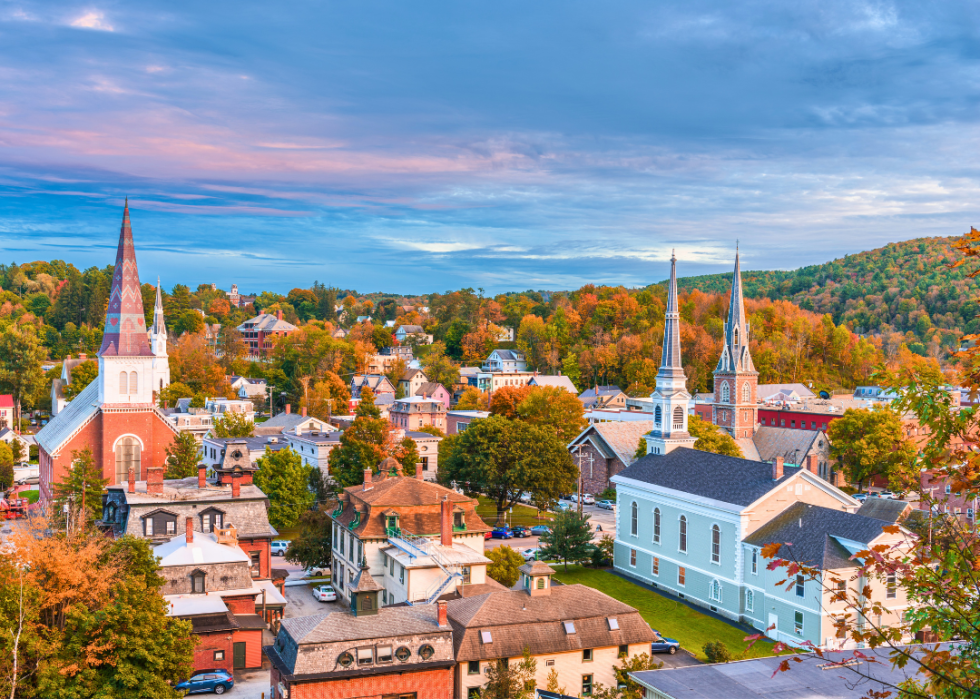
#10. Vermont
Average Cost of Living Index: 113.8
Vermont saw a huge influx of new residents during the COVID-19 pandemic, which led to a long-needed population boost—and soaring housing costs. A report from the Federal Housing Finance Agency, released in June 2024, showed that Vermont's real estate prices increased faster than any other state's between the first quarter of 2023 and the first quarter of 2024.
Though housing authorities hope to mitigate the issue with more real estate development, Vermonters may have to wait a while before housing costs go down. In the meantime, residents must also contend with relatively high healthcare prices.
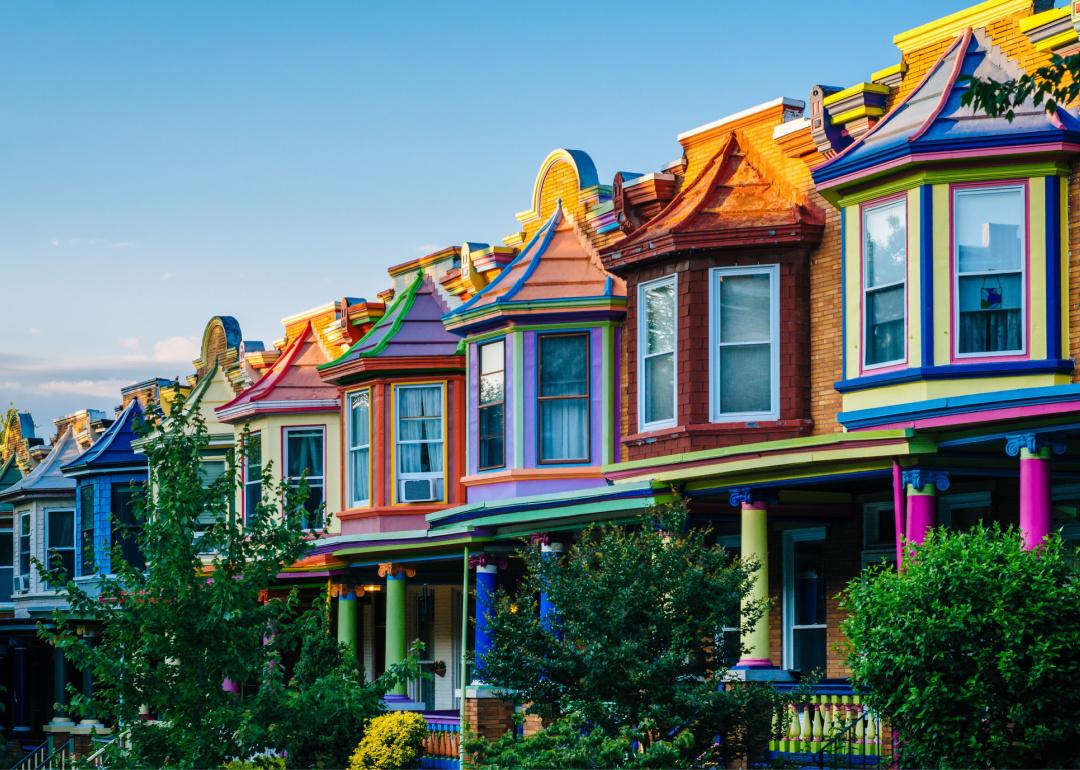
#9. Maryland
Average Cost of Living Index: 114.7
Car insurance in Maryland is much higher than national averages because the state mandates high minimum liability insurance, personal injury protection, and uninsured motorist coverage. Drivers in Maryland pay 50% more annually for minimum coverage than the national average (about $2,120 versus $1,400).
The price of insurance contributes to Maryland's high cost of living. According to Filterbuy, the Baltimore metro area's housing costs increased 22.3% from 2010 to 2020.
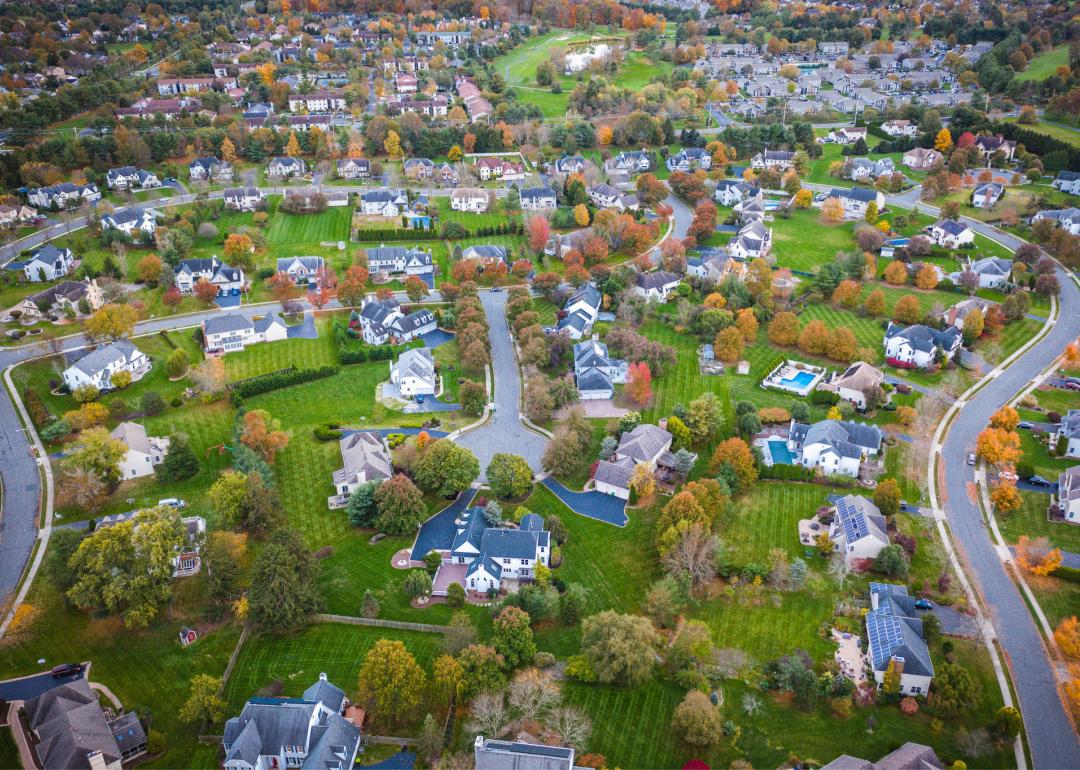
#8. New Jersey
Average Cost of Living Index: 115.0
Apartment rents in New Jersey have spiked, particularly in Jersey City. Many New Yorkers have relocated across the Hudson River to this city for more space with the same urban feel and relative accessibility to New York, making it the second priciest city to rent in nationwide. Other parts of the state have cheaper housing, but overall, housing costs are considerably higher than the U.S. average.
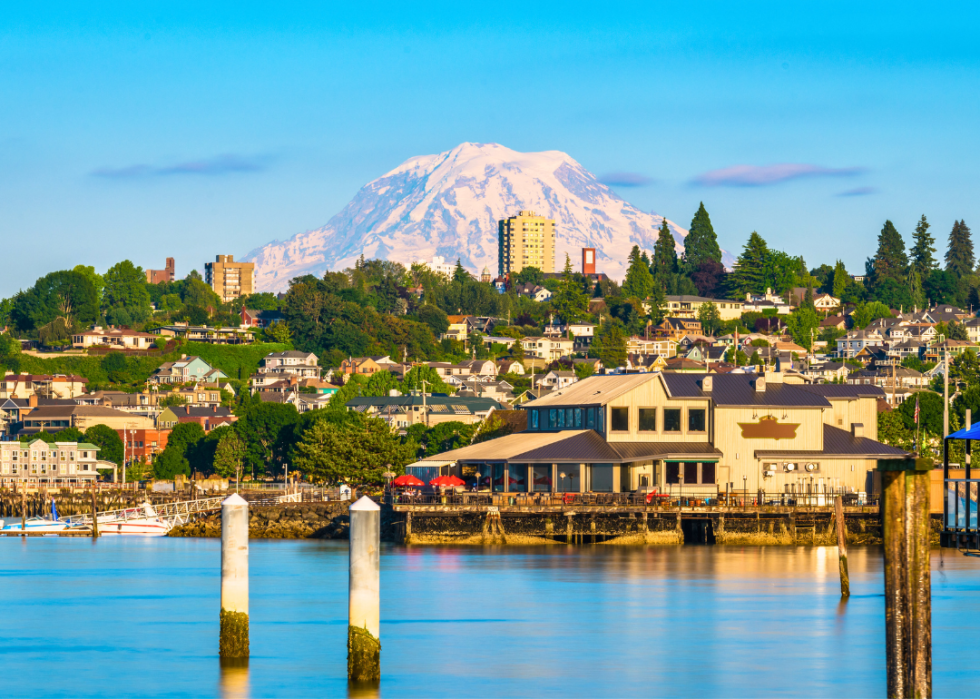
#7. Washington
Average Cost of Living Index: 115.8
Between Seattle, the Columbia River Gorge, and three national parks, Washington is packed with adventure-worthy destinations. But all that excitement comes at a cost. Housing, transportation, and healthcare prices in Washington are among the highest in the nation. Seattleites in particular have faced famously astronomical real estate prices in the midst of a critical housing shortage.
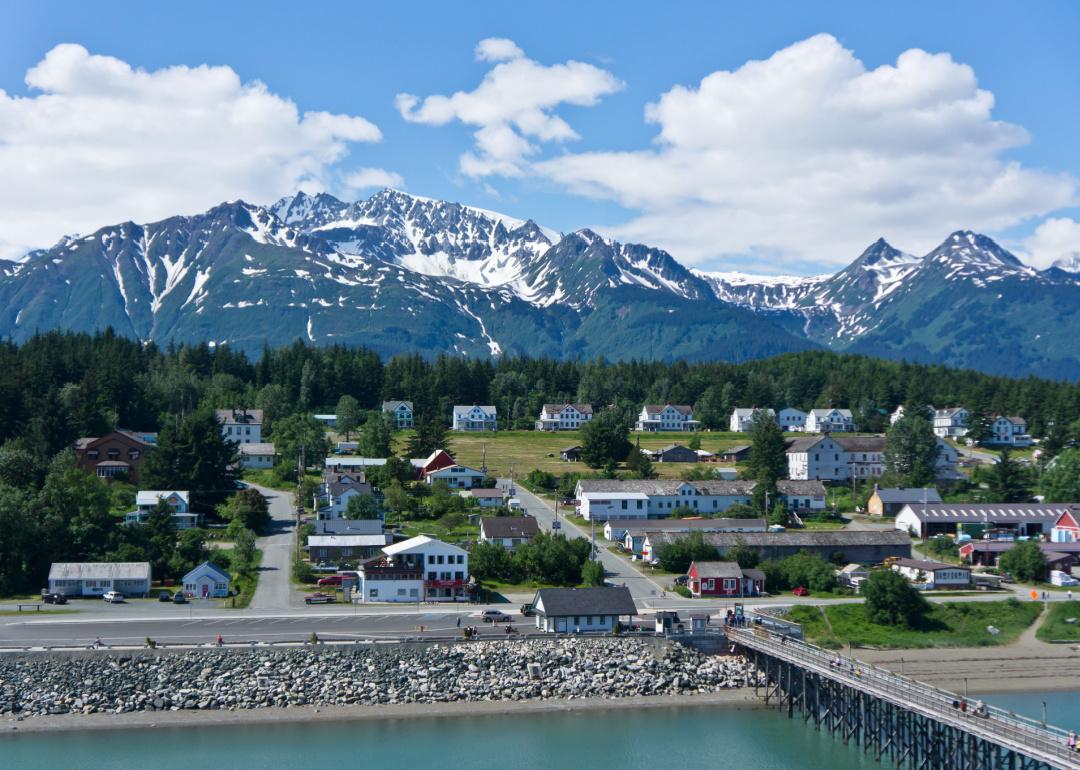
#6. Alaska
Average Cost of Living Index: 123.0
The country's largest state by area is also one of the least populated, with many towns and cities that are difficult to access. Most basic goods must be shipped long distances to get to consumers, which drives up prices. Juneau and Fairbanks rank #1 and #2 in the country for highest grocery prices; the cost of living indices in this category are 127.4 and 126.5, respectively. High energy prices also drive up the cost of living, with Fairbanks' utility bills ranking as the most expensive nationwide.
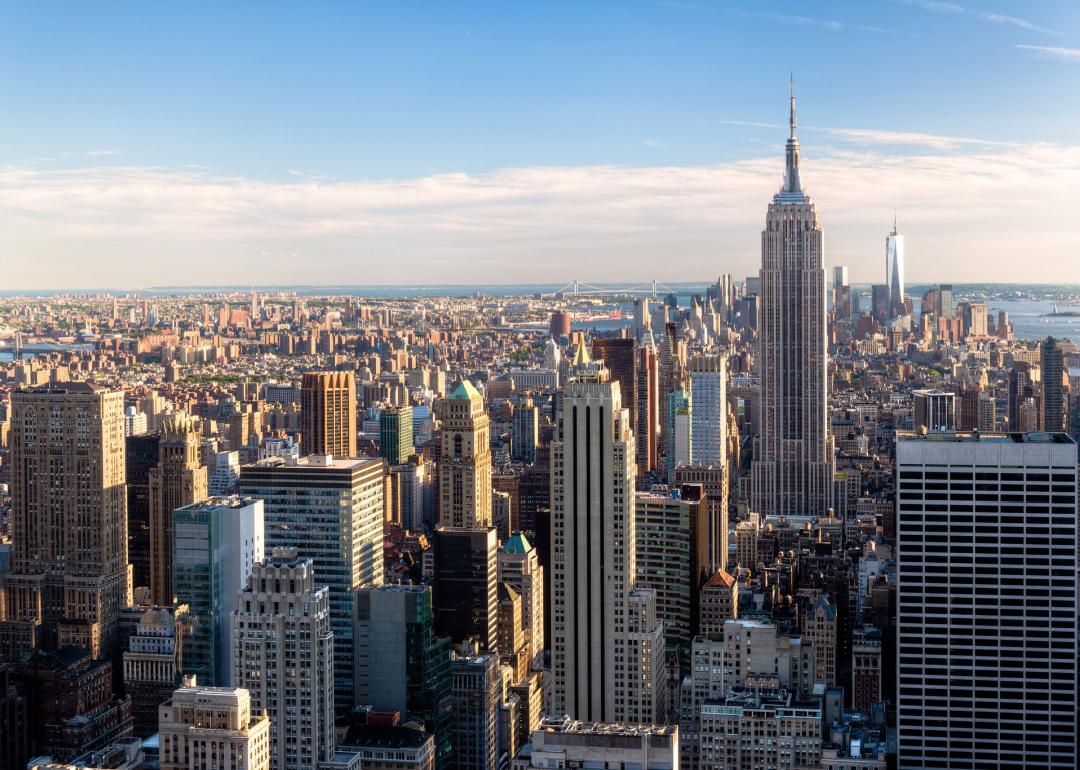
#5. New York
Average Cost of Living Index: 123.5
At 12.02%, New Yorkers have the country's highest overall tax burden in 2024 when combining property tax, income tax, and sales and excise tax. Even for those who don't own property, New York's income tax is the highest in the U.S., at 4.63%.
New York City drives up the cost of living in the state. Manhattan is the most expensive place in the country, thanks to a fixed amount of space to build and the high demand to live there.

#4. Massachusetts
Average Cost of Living Index: 139.9
Housing prices throughout Massachusetts continue to be an issue for the state's affordability ranking. The cost of building a starter home in Massachusetts is the second highest in the U.S., 22% above the national average. As of November 2023, the median down payment on a house in the Greater Boston area was $105,300, above the annual median income in the region. Supply issues with heating oil and diesel fuel also increase utility costs across the state.
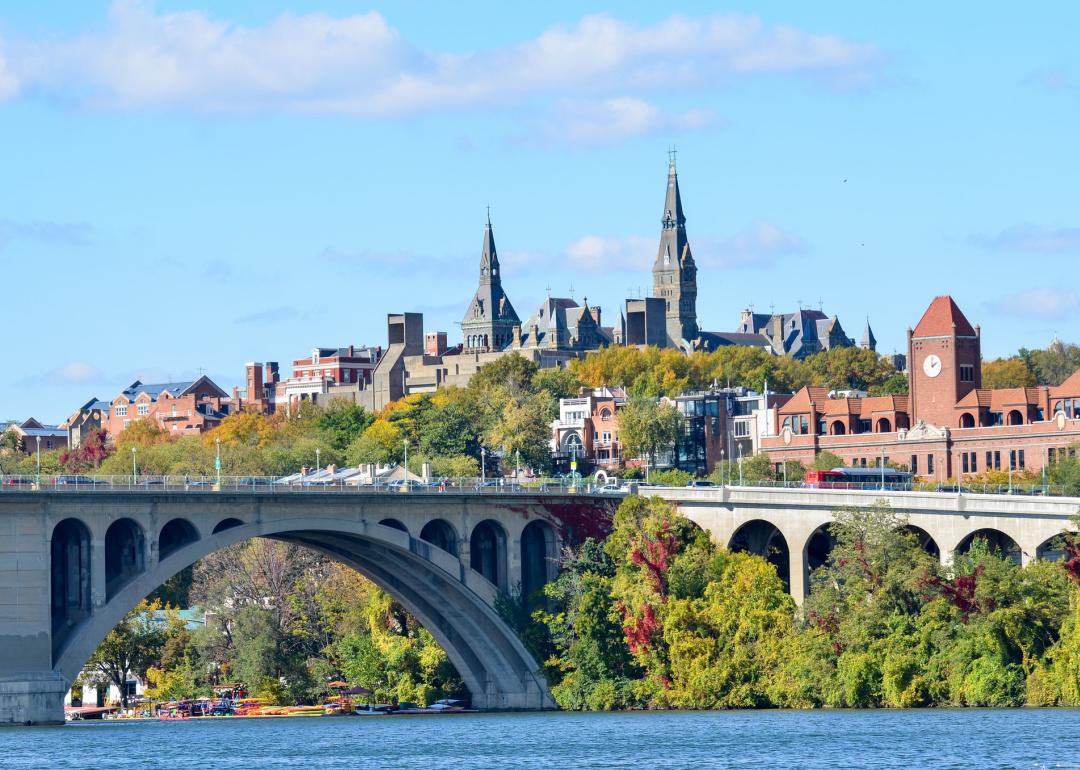
#3. Washington DC
Average Cost of Living Index: 140.6
Washington D.C. has higher state and local tax collections per capita than any other state. In 2021, the most recent year available, it collected $13,275 per capita, while New York, the next highest state, collected $10,380, according to a 2024 report from the Tax Foundation.
Washington D.C. has been short on housing units for years, according to a 2022 report from Up For Growth, causing prices to soar. This shortage is causing a prevalence of "missing households," where unrelated people live with each other to afford a place to live.
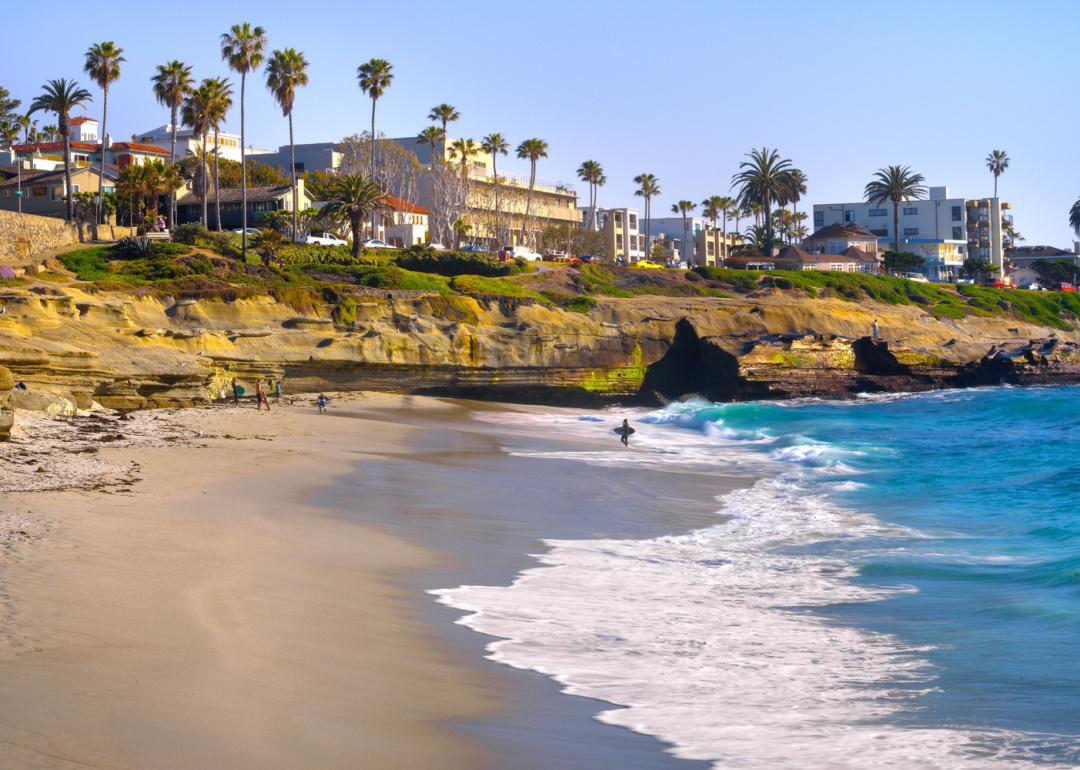
#2. California
Average Cost of Living Index: 143.0
California has notoriously high prices for housing, gas, utilities, and food. Well-paid workers, particularly in the tech sector, have increased demand in a housing market that doesn't have enough units to support it. Around 40% of homeowners and 50% of renters spend more than 30% of their income on housing costs.
At 59.6 cents per gallon, California's gas prices are also higher than any other state due to issues with supply, more state regulations, and high taxes.
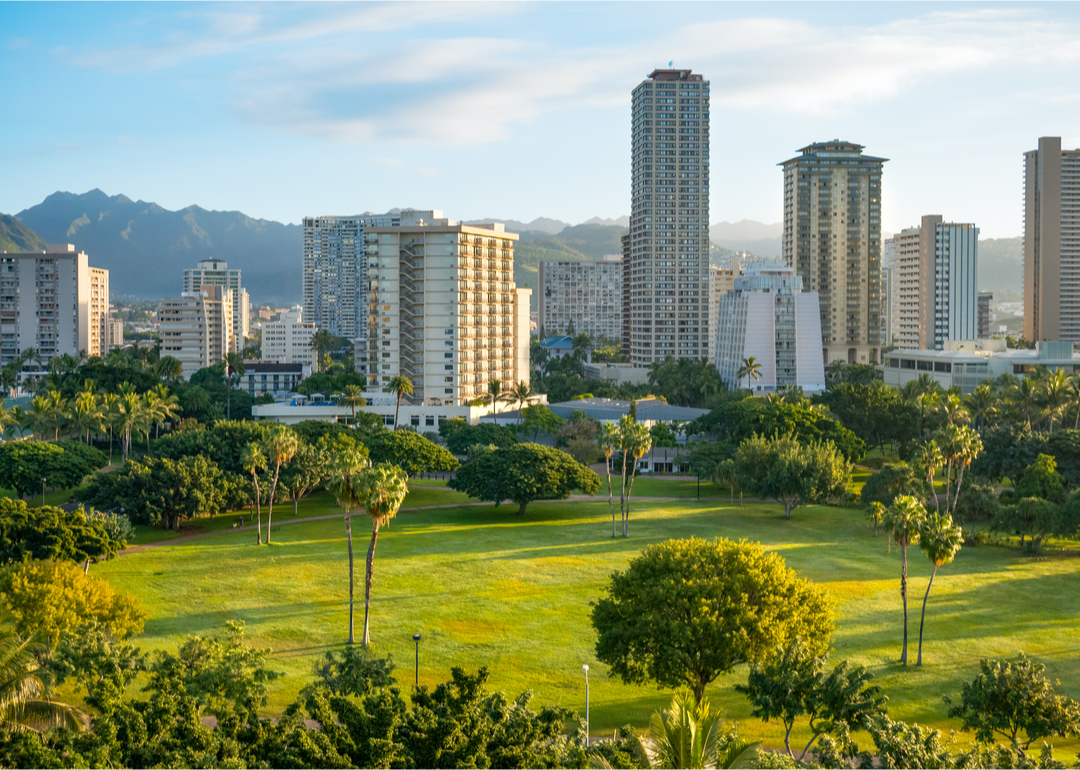
#1. Hawaii
Average Cost of Living Index: 188.4
Hawaii is the most expensive state in the nation due to its location. Hawaii cannot produce everything it needs, so it must bring in most goods and services, which significantly adds to costs for everyday goods like groceries.
Hawaii residents also pay far more for electricity than other states because utilities use a lot of petroleum to generate electricity. In June 2024, it cost residents an average of 42.45 cents per kilowatt hour compared to the U.S. average of 16.41 cents, according to the Energy Information Administration.
Additional writing by Cu Fleshman.



